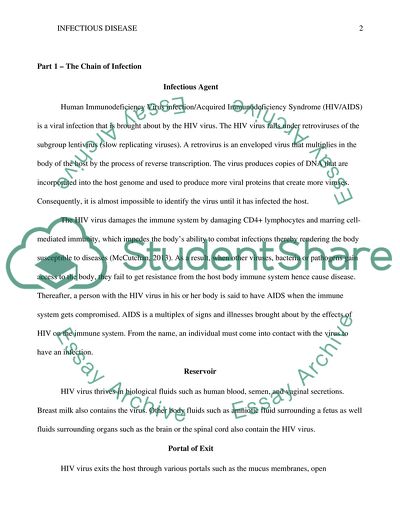Cite this document
(“Infectious disease Essay Example | Topics and Well Written Essays - 1500 words”, n.d.)
Infectious disease Essay Example | Topics and Well Written Essays - 1500 words. Retrieved from https://studentshare.org/nursing/1676632-infectious-disease
Infectious disease Essay Example | Topics and Well Written Essays - 1500 words. Retrieved from https://studentshare.org/nursing/1676632-infectious-disease
(Infectious Disease Essay Example | Topics and Well Written Essays - 1500 Words)
Infectious Disease Essay Example | Topics and Well Written Essays - 1500 Words. https://studentshare.org/nursing/1676632-infectious-disease.
Infectious Disease Essay Example | Topics and Well Written Essays - 1500 Words. https://studentshare.org/nursing/1676632-infectious-disease.
“Infectious Disease Essay Example | Topics and Well Written Essays - 1500 Words”, n.d. https://studentshare.org/nursing/1676632-infectious-disease.


